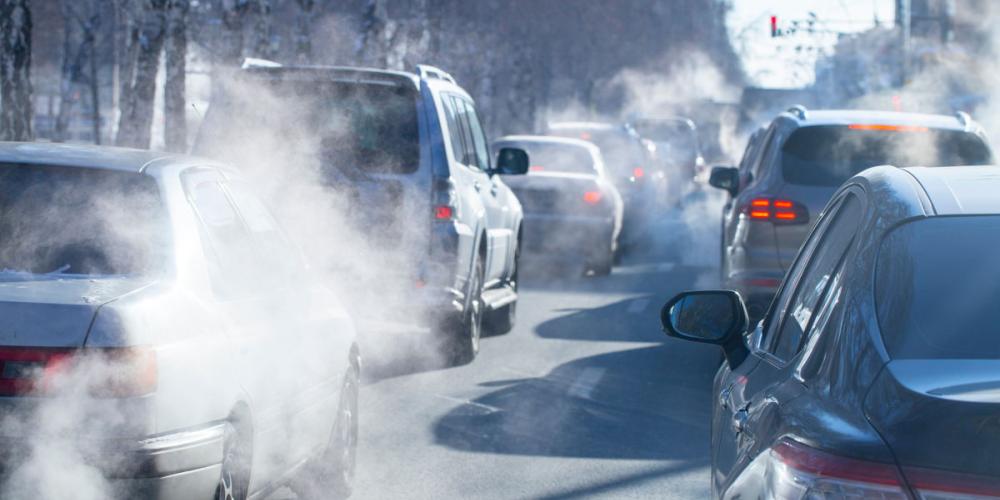
Are people capable of limiting their exposure to air pollution? According to research by the Vrije Universiteit Brussel, in collaboration with BRAL, it's not easy. After all, exposure to air pollution is strongly related to locations, times and activities, and these cannot always be influenced.
Nicola da Schio: “The most important places for individual exposure to air pollution appear to be in homes and on transport. But where we live and what means of transport we use are part of a larger individual and collective story that cannot be changed just like that.”
In 2019, da Schio, a researcher at the VUB-Cosmopolis Centre for Urban Research, selected seven people living in Brussels to study their exposure to PM2.5. This is a form of particulate matter whose particles are smaller than 2.5 micrometres. PM2.5 is associated with lung disease, cardiovascular disease and deteriorated brain functions. The aim of the study was to follow individual pathways to understand how and to what extent air pollution ‘intrudes’ into people’s routines – and how they can prevent it.
Citizen science
A special feature of the research was the close cooperation between citizens and the researcher. The subjects wore sensors connected to their phones to measure exposure to PM2.5 during their daily routine including transport, home and work. In addition, they took part in interactive meetings about air pollution where they could ask questions and express their ambitions in order to achieve a scientific co-production. In the second phase, da Schio combined the information on the habits and daily practices of the participants – the profiles – with the hard data of their measured exposure to PM2.5..
Behavioural change does not always work
The profiles of the test subjects revealed the nuances of exposure to particulate matter. “We are not exposed to air pollution everywhere in the same way,” says da Schio. “There are important differences in the places we find ourselves and in the times we are there. The most important individual exposure hotspots were the home – because of the amount of time we spend there – and means of transport, because pollution levels are highest when we are travelling. The differences between people turned out to be remarkably large: among other things, the exact place where we live, travel times and activities are very decisive.”
Da Schio’s research shows how complex it is for people to reduce their exposure to air pollution. Even for people who are particularly aware of the problem, air pollution is just one of the many elements they take into account in their daily lives. This demonstrates the weaknesses of the initiatives that aim reducing exposure to air pollution by encouraging behavioural changes – ranging from route planners to real-time location-specific indicators. Da Schio: “Air pollution is a collective problem that requires collective solutions that combine public health, mobility and environmental priorities. Reducing emissions is therefore an absolute priority.”
---
Learn more: